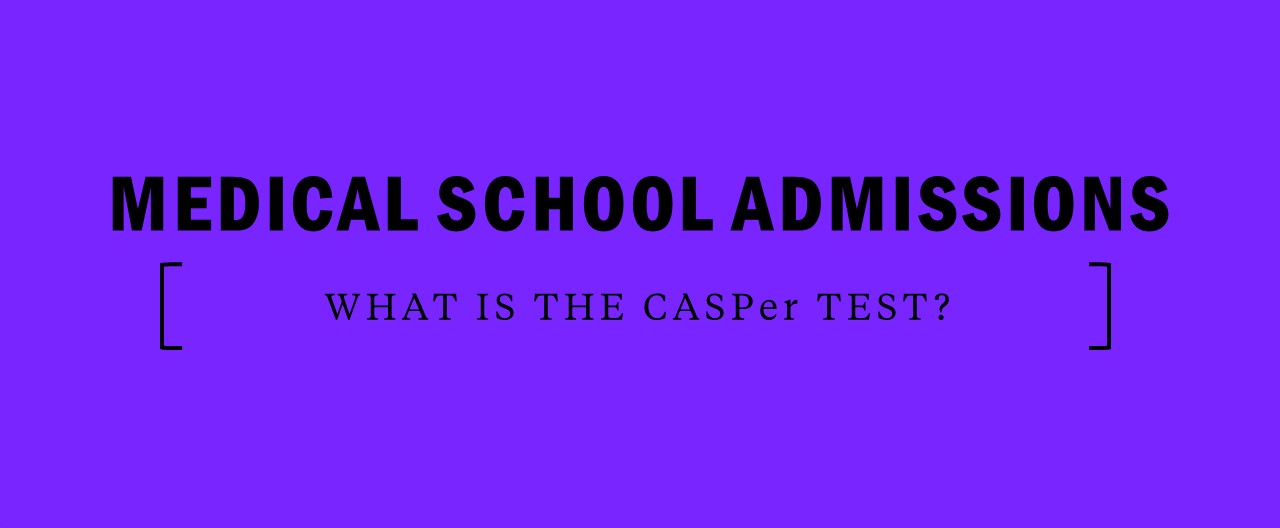Baylor College of Medicine Requirements, Tuition, and More
We’re covering everything you need to know as you consider applying to Baylor College of Medicine. You’ll learn about acceptance rates, application deadlines, average MCAT scores, tuition, curriculum, and more.
[ RELATED: MCAT Prep Courses Near Houston, TX ]
All About Baylor College of Medicine
Founded in 1900 as the University of Dallas Medical Department—and renamed three years later to acknowledge the institution’s partnership with Baylor Hospital—Baylor College of Medicine consistently ranks in the top tier of medical schools in the country.
Located in Houston’s Texas Medical Center, the largest medical complex in the world, Baylor College of Medicine receives the second-highest amount of research funding from the National Institutes of Health annually. Baylor College of Medicine has affiliations with 20 hospitals and medical centers including the Children’s Hospital of San Antonio, Texas Children’s Hospital, and the University of Texas M.D Anderson Cancer Center, to name a few. The institution is also home to the National School of Tropical Medicine, the only school in the nation exclusively dedicated to neglected tropical diseases.
Baylor College of Medicine has 723 full-time students (52.6 percent female / 47.4 percent male), 2,447 full-time faculty, and a faculty-student ratio of 3.4:1. The school has the lowest tuition rates among all private medical schools in the country ($29,900), resulting in an average student-loan debt of $108,136—that’s $95,000 less than the average for U.S. medical school graduates from private schools and $72,000 less than medical school graduates from public schools, counting medical schools that are not tuition-free.
Baylor continues to prove its commitment to rigor and excellence with a striking collection of statistics. In 2017, 100 percent of Baylor students passed Step 1 of the United States Medical Licensing Exam (USMLE) the first time they took it. Equally impressive is the fact that Baylor students earned an average USMLE test score of 245, while the national average was 229. Worth mentioning, too, is that Baylor medical students have a proven track record of being accepted to at least one of their top three choices for residency training.
Thanks to The Peer Resource Network (PRN), which divides first-year students into small groups comprised of upper-level students and faculty advisors, Baylor School of Medicine students begin building relationships immediately. Students will also benefit from the Learning Community, a network of clinical faculty advisors who serve as patient, physician, and society course facilitators throughout the first year of study. Those students wishing to enrich their lives outside of the classroom will benefit from more than 60 student clubs, a variety of honors, diversity, and student success programs, and numerous professional associations.
The curriculum at Baylor is made up of foundational science, clinical, and elective courses. Throughout the curriculum, students train in a variety of settings and work with diverse patient populations at some of the nation’s best hospitals.
The Curriculum at Baylor College of Medicine
The curriculum at Baylor College of Medicine integrates classroom lectures with hands-on simulations that equip students with the skills they need to practice medicine. During these simulations, students interact with standardized patients—healthy people who have been trained to emulate sick patients—and use high-tech simulation equipment, which helps them hone and master what they’ve learned in the classroom.
Believing that students should be able to explore their interests and customize their education, Baylor College of Medicine offers students a choice of seven pathways including medical research, global health, care of the underserved, and health policy.
The MD program at Baylor School of Medicine consists of foundational sciences and clinical curriculums, as well as an elective program, the latter of which allows students to customize nearly 25 percent of their medical training.
The first learning module is broken down into a three-phase curriculum in foundational sciences. Courses extend from August of the first year to December of the second year.
The first phase includes Foundations Basic to the Science of Medicine, a course that covers biochemistry, genetics, molecular biology, and more. Students attend lectures, laboratories, case conferences, and engage in small-group problem-solving sessions that cover cardiovascular, respiratory, renal, and gastrointestinal health, among other core concepts. The second phase is divided into three successive teaching terms that include exams, scheduled time off, and a variety of courses including pathology, immunology, pharmacology, head and neck anatomy, and other courses. The third phase takes place between August and December of the second year and consists entirely of organ-based modular teaching.
It is worth noting that all foundational students are evaluated according to a pass/fail system.
The clinical curriculum follows the foundational science courses and begins in January of the second year. In their clinical curriculum, students will experience a two-week rotation at the Ben Taub General Hospital emergency room, a stint at the office of a family physician, a four-week rotation in a hospital where they will diagnose patients with neurological diseases, and a variety of other hands-on experiences.
Students must successfully complete each core clinical clerkship, sub-internship, and selective, as well as earn 16 elective credits prior to graduation.
In addition to the MD tracks, the school offers several dual-degree programs:
MD/PhD – this program is offered with Baylor’s partner institution, The University of Texas School of Public Health. This dual-degree is ideal for those interested in careers in traditional patient care, research, community-based health programs, health policy development, and healthcare administration.
MD/MBA – this program is offered in partnership with Rice University.
MD/MPH – this five-year program is offered in partnership with The University of Texas School of Public Health and is ideal for those interested in community-based health programs, health policy development, and healthcare administration.
MD/JD – this program is offered through the University of Houston Law Center, which is ranked 8th in the nation for health law and fourth for intellectual property. Program participants can expect to earn both degrees in about six years.
How has Baylor College of Medicine Made an Impact?
Baylor researchers have been at the forefront of numerous medical discoveries over the last century:
- Opened the first center for the treatment of polio in the United States
- Led sequencing of animal genomes
- Sequenced and annotated the first personalized genome sequence
- Pioneered the study of eating disorders
- Initiated gene chip technology, streamlining diagnosis of genetic and chromosomal diseases
- Developed first successful implement to straighten the spines of scoliosis patients
Baylor College of Medicine – Top Programs
Baylor College of Medicine: Enrollment, Acceptance, Tuition, and more
In the 2018-2019 admissions cycle, 7619 candidates applied to the Baylor College of Medicine. 839 received an interview (11% interview rate), 308 were accepted, and 186 ultimately enrolled.
What is the acceptance rate for Baylor College of Medicine?
The acceptance rate is 4%.
How expensive is tuition at Baylor College of Medicine?
The cost of tuition is $29,900. 72% of students receive some type of financial aid, with 50% of those students receiving loans and 38% receiving grants or scholarships.
When is the application deadline for Baylor College of Medicine?
Here is the application cycle for Baylor College of Medicine:
Early June: AMCAS application opens
July-January: Applications reviewed by the admissions committee and invitations to interview are extended
August-February: Interviews are conducted
Nov. 1: AMCAS application deadline
November-June: Merit scholarships awarded to accepted applicants
Dec. 1: Baylor College of Medicine supplemental application and payment due
April: Second Look event for accepted applicants
April 30: Deadline for all applicants to accept a single offer of MD admission to any institution
Mid-July: Orientation begins for the entering class
The application fee is $100. Baylor recruits candidates on a rolling basis.
Median MCAT Scores for Baylor College of Medicine
For accepted applicants in 2019, the median undergraduate GPA was 3.92 and the median MCAT scores were as follows:
- Total MCAT Score: 518
- Chemical & Physical: 130
- CARS: 129
- Biological & Biochemical: 130
- Psychological, Social, & Biological: 130
Baylor College of Medicine – Residency Program Match Rates and Locations
Students in the Baylor graduating class of 2019 matched most often with residency programs in the following specialties:
- Internal Medicine: 40
- Pediatrics: 19
- Psychiatry: 12
- Ophthalmology: 11
- Dermatology: 9
- Obstetrics/Gynecology: 9
- Family Medicine: 8


